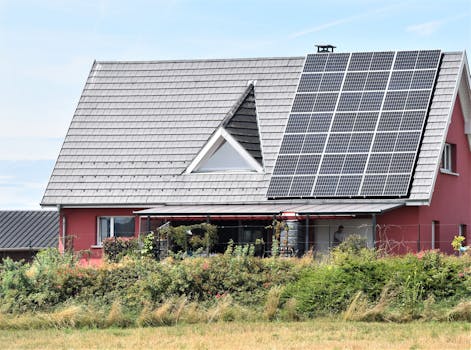
Smart Homes and Smart Living: The Technological Transformation of European Homes by 2025
Smart Homes and Smart Living is revolutionizing the way we live in our homes. The European home is undergoing a significant transformation, driven by advances in technology and changing lifestyles. By 2025, smart homes will become the norm, offering enhanced comfort, convenience, and sustainability.
Introduction to Smart Homes
A smart home is a dwelling that incorporates advanced technology to provide a high level of convenience, comfort, and energy efficiency. Smart homes are equipped with a range of devices and systems, including thermostats, lighting systems, security cameras, and home entertainment systems, which can be controlled remotely through a smartphone or tablet.
The Benefits of Smart Homes
Smart homes offer a range of benefits, including increased comfort and convenience, improved energy efficiency, enhanced security, and better home maintenance. With smart homes, homeowners can control their appliances and systems remotely, receive notifications and alerts, and enjoy a more personalized living experience.
The Technological Transformation of European Homes
The European home is undergoing a significant transformation, driven by advances in technology and changing lifestyles. By 2025, smart homes will become the norm, with over 50% of households expected to have some form of smart home technology. This transformation will be driven by the increasing adoption of Internet of Things (IoT) devices, the growth of the smart speaker market, and the development of new technologies such as artificial intelligence and 5G.
Key Trends Shaping the Smart Home Market
Several key trends are shaping the smart home market, including the increasing adoption of voice-controlled devices, the growth of the smart speaker market, and the development of new technologies such as artificial intelligence and 5G. Other trends include the increasing focus on energy efficiency and sustainability, the growing importance of cybersecurity, and the development of new business models and partnerships.
Challenges and Limitations of Smart Homes
While smart homes offer many benefits, there are also several challenges and limitations to consider. These include the high upfront costs of smart home devices and systems, the need for reliable and fast internet connectivity, and the potential risks of cybersecurity breaches and data privacy concerns.
Conclusion
In conclusion, the European home is undergoing a significant transformation, driven by advances in technology and changing lifestyles. By 2025, smart homes will become the norm, offering enhanced comfort, convenience, and sustainability. While there are several challenges and limitations to consider, the benefits of smart homes are clear, and this technology is expected to play a major role in shaping the future of the European home.




